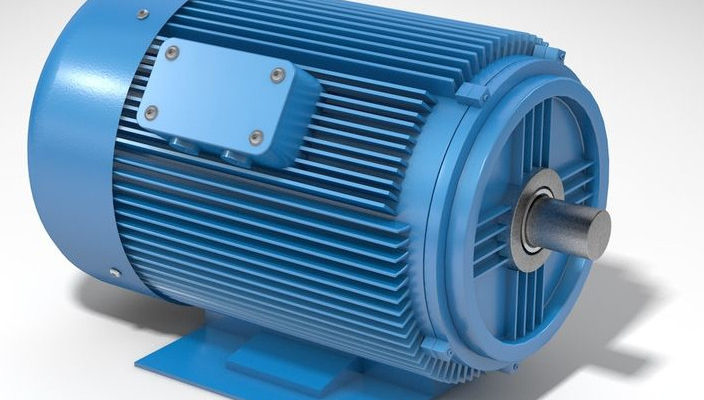The word motor protection itself tells its meaning. It is protection of motors. Generally, in industrial plants, the motors are AC synchronous motors. So we shall keep the scope of today’s discussion to “Motor Protection of AC synchronous motors”. Motor protection is protecting the motors from failures and saving the breakdown time of the machine, and in turn saving the money.
The motor protection mainly addresses following faults –
- Phase Over Current
- Earth over Current
- Ground Fault
- Thermal Overload
- Load Jam
- Motor Starting
- Negative Sequence/Unbalanced Load
- Under Voltage
We shall see all these one by one.
Phase Over Current
As the term indicates, it is the phase current overload fault. Electrical winding in the motor is designed for specific level of currents. When the current increases in the winding, it heats up it. As a result of this heating, the winding may burn and the motor stops working. It is associated with the time till which it can withstand with that level of current. Often motor protection devices comes with two types of trip time settings. One is definite time trip and another is inverse time trip. In definite time trip setting, the trip time is not dependent on current. In inverse trip time setting, the trip time reduces as the current level increases : larger the current, faster the trip. The inverse curves are generally defined by type of curve and time required to trip at 5 times of the full load current.
Earth Over Current
This is the earth leakage current passing to the earth through body of the motor. When the earth leakage current increases than permissible level, it is an indication of weak winding insulator. This may lead to electrical shocks to human and damages to the winding too. As phase over current, it is also associated with trip time in case of protection. For this too, either of definite and inverse trip times is used.
Ground Fault
Ground Fault arises when one of the conductors directly touches the ground. In this case, heavy current unbalance and phase failure is observed by the Motor. The motor winding may draw heavy currents through their winding and winding may get damaged in this situations. The systems must be tripped within few milliseconds to prevent damage to the motor winding.
Thermal Overload
The concept of thermal overload is related with the thermal capacity of the motor. At the time of design, motors are designed to withstand or accommodate certain amount of heat energy. We must keep checking if this heat capacity is reached or not. If there is current overload and/or negative sequence current or unbalance or locked rotor, the heat starts accumulating and the winding may exceed with the heat than its heat capacity. The result would be temperature rise in the winding which in turn would burn the winding and damage the motor. The heat capacity is calculated using full load current of the motor. The current heat energy is computed using instantaneous currents in all three phases. here the heat energy in winding is often represented in terms of thermal current.For this too, either of definite and inverse trip times is used.
Load Jam /Rotor Lock
Sometimes due to some mechanical problem in the load or machine or motor itself, the rotor gets jam or locked. In this case winding carry current but no mechanical work is being done, so heavy currents are drawn to get torque from the motor and winding may get damaged.
Motor Starting
Generally loaded motors take huge currents for longer time while starting to overcome their own and load’s initial frictional losses.So protection to be provided if motor takes longer time than expected. This may happen due to some heavy loads or some mechanical problem in the load or motor itself.
Unbalanced Load ( Negative Sequence)
The unbalanced load often comes with single phasing or some mechanical damage in the load or wrong or unbalanced loading pattern. It draws more current than capacity in some winding and low or zero current in other winding. More the vector difference in phase currents, more is the unbalance and hence condition is more harmful for the motor. Unbalance is measured in % of full load current. For this too, either of definite and inverse trip times is used.
Under voltage
Under voltage case represents that the phase voltage is under some specified value. Due to under voltage condition, the current in winding increases and winding may get burnt.
If we are able to discover above faults at right time and trip our motors, we can save a lot from avoiding machine breakdown times and repairs. We, at SYCON, help you to overcome from motor faults. We have a product Intelligent Motor Protection relay, which you must you for every important motor in your or your customers’s plant. This comes in both panel mount and wall mount options. It is easy to install and program. For more information, you may click here.
In case if you need any help in motor protection, please leave a comment or drop a mail to us.
Good Luck !!


